Search
Remove Ads
Advertisement
Summary 
Loading AI-generated summary based on World History Encyclopedia articles ...
Search Results
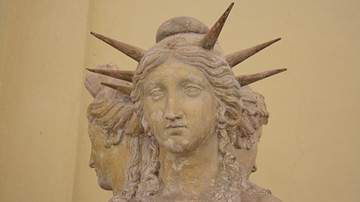
Definition
Hecate
Hecate (Hekate) is a goddess of Greek mythology capable of both good and evil. She was associated with witchcraft, magic, the Moon, doorways, and creatures of the night like hell-hounds and ghosts. Hecate often carries a torch in her connection...

Image
Hecate
A detail of a 3rd-century CE Roman statue of Hecate (or Hekate), goddess of the Moon. As here, she is often depicted with three heads and bodies.
Vatican Museums, Rome.

Video
Hecate the Goddess of Witchcraft and Magic in Greek Mythology
Hecate is the goddess associated with magic, witchcraft, the moon, doorways, the night, necromancy, and ghosts in Greek mythology. She is the goddess of boundaries, the guardian of crossroads and the protector of athletes, warriors, horsemen...
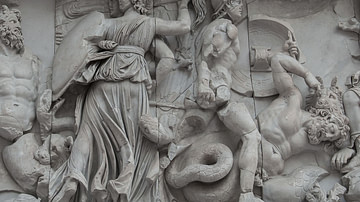
Image
Hecate Fighting the Giant, Pergamon Altar
On the left side the goddess Hecate is depicted while fighting the giant Clytius (she fights in three incarnations with a torch, a sword, and a lance); Detail from the Pergamon Altar's frieze (The frieze depicts Gigantomachy); built in 2nd...
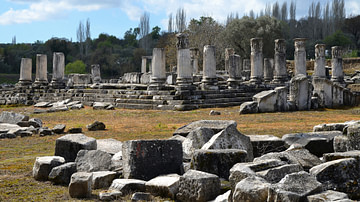
Image
The Temple of Hecate in Lagina, Caria
The Temple of Hecate in the Sanctuary of Hecate at Lagina in Caria (modern-day Turkey is dated to the last quarter of the 2nd century CE. It measured 21m x 28m and was built in the Corinthian order with 8 columns on its shorter sides and...
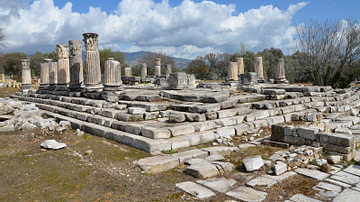
Image
Temple of Hecate at Lagina
The Corinthian Temple of Hecate at Lagina, its architectural type was pseudodipteral with pronaos.
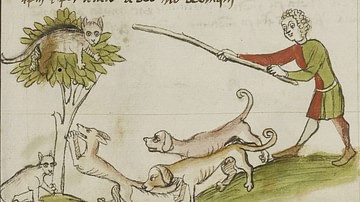
Article
Cats in the Middle Ages
Cats in the Middle Ages were generally disapproved of, regarded as, at best, useful pests and, at worst, agents of Satan, owing to the medieval Church and its association of the cat with evil. Prior to the widespread acceptance of Christianity...
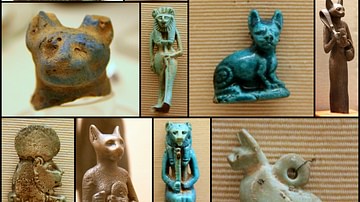
Article
Cats in the Ancient World
Cats and humans have shared in each other's lives for thousands of years and, even though they have not always been regarded as highly as in the present, have played an important role in a number of cultures. Always enigmatic, the cat has...
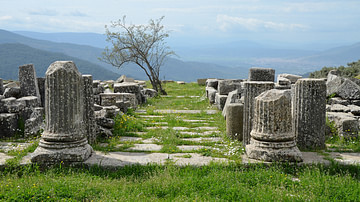
Article
Top 10 Archaeological Sites in Caria, Turkey
Located at the crossroads of many ancient civilizations, Turkey is a haven for archaeology lovers. Over the centuries, a succession of empires and kingdoms – Hittite, Lydian, Persian, Greek, Roman, Byzantine and, finally, Ottoman – ruled...
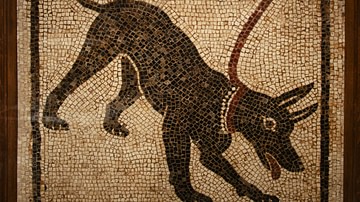
Article
Dogs & Their Collars in Ancient Rome
Dogs were highly valued in ancient Rome, as they were in other cultures, and the Roman dog served many of the same purposes as it did in, say, Egypt and Persia - as hunters, guardians, and companions - but with a significant difference in...